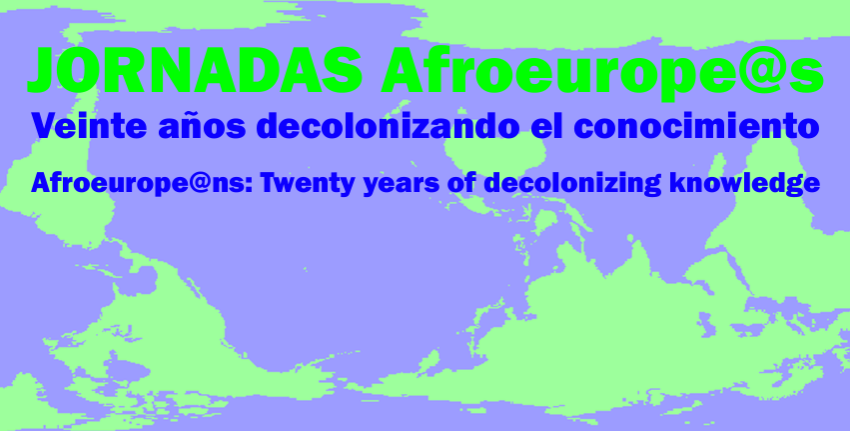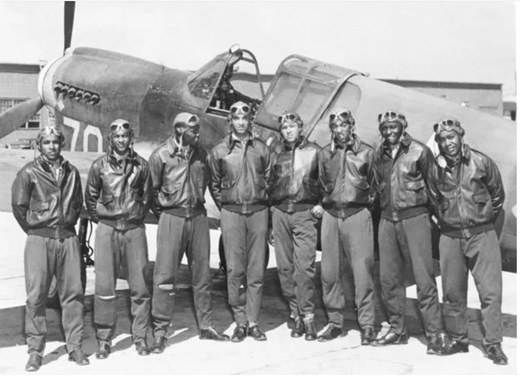Whiteness: Deconstructed
Part One: The Invisibility of Whiteness – Naturalisation and Representation
In the first of this essay series, the ways in which whiteness has been naturalised in the West through everyday cultural practices and representations through the media and the arts will be examined, investigating how, along with modern concepts of universalism and individualism, this has enabled the reproduction of its dominance and privilege.
Part of the intrinsic power of whiteness lies in its invisibility to those whom inhabit it, though it is extremely visible to those who do not. Race has been socially constructed by the West as something applicable only to those who are not white, evidenced by the absence of references to whiteness in Western media, literature and discourses of knowledge. It is the Kantian ‘subject without properties’ according to Dyer (1997). The absence of references to whiteness in habitual conversation and to the overwhelming representation of whites in Western literature, film and television in central roles allows whiteness to reproduce itself as perennially normative. ‘As long as race is something only applied to non-white peoples, as long as white people are not racially seen and named, they/we function as a human norm. Other people are raced, we are just people’, Dyer states. When whites speak to the commonality of human existence without recognising the situated position of power from which they speak, this lack of recognition of the inherent power in whiteness is what enables it to be continually perpetuated.
Racial categorisation of non-whites has become so normalised through the media and in popular discourse in the West that it masks the inequalities of power associated with these different categories. Whiteness therefore becomes the yardstick from which other races are measured. For example, the usage of the adjectives ‘black’, ‘Asian’ or ‘ethnic minority’ (amongst others, i.e. ‘Muslim’) in descriptions of individuals in media reports becomes indicative of an aberration from the white norm, as the usage of the term ‘white’ is rarely used. These adjectives are often used as a packaging term, denoting specific meanings that whiteness is seemingly exempt from, reinforced through the media’s use of racially spurious terms to describe non-whites. As Mike Pickering (2004) argues, ‘the media have often contributed to this by creating the meanings and image which the term [race] carries and building it around a white-defined problem’.
Ruth Frankenberg (1993), who analyses how race and racism feature in the lives of a sample of white women from the US in her book White Women, Race Matters: The Social Construction of Whiteness, examines attitudes to white cultural practices which mark out identities and space unseen by those that inhabit them. In her research, white culture is perceived by these white women as the residue of what does not belong to other more clearly demarcated cultures, thus as a normative-residual space. Therefore, the set of cultural practices employed by whites is portrayed by the dominant culture as raceless, universal and normative, unmarked by their proximity and relation to whiteness. This can also lead to a perceived lack of identity – the notion that other races have cultures and clear identities whereas as Western whites do not – theirs is a blank identity often marked by other constructs such as class, gender and sexuality in lieu of a racialised one. This perpetuates the notion that whiteness and Western cultural practices are human norms.
Discourses of universalism and individualism have also played a key role. Whites in the West are taught through structural systems of socialisation such as the family, church and education system to view their perspectives as objective and representational of reality and to see themselves as universal humans who represent the norm of human experience. This then functions to deny their racialized perspective and white privilege. Eurocentric notions of reason and rationality have been made synonymous with whiteness, normalising white values as superior, delegitimising alternative non-Western epistemologies, controlling the ‘gateway to knowledge’ and granting the resources to increase racial privilege.
The discourse on individualism further serves to deny white privilege by positioning achievement as an individual success whilst erasing the historical ways wealth has been distributed and accumulated in an unfair system of structural advantage and disadvantage, because without it the correlation between white privilege and resource distribution would be clear. It denies the social and historical context of institutional racism and the power of the dominant culture to collectively socialise white ideologies, thereby reproducing the myth of meritocracy.
Race has therefore been constructed by the dominant white culture of the West as applicable only to non-white people, maintaining the invisibility and naturalisation of whiteness, whilst concomitantly entrenching whiteness as a human norm and universal signifier, enabling the reproduction of its dominance and privilege. Thus, the source of its representational power is its ability to reproduce itself as the definition of normal rather than a social, cultural and historical construction achieved through racial domination.
PREVIOUS: Race – a defining feature of the modern world



